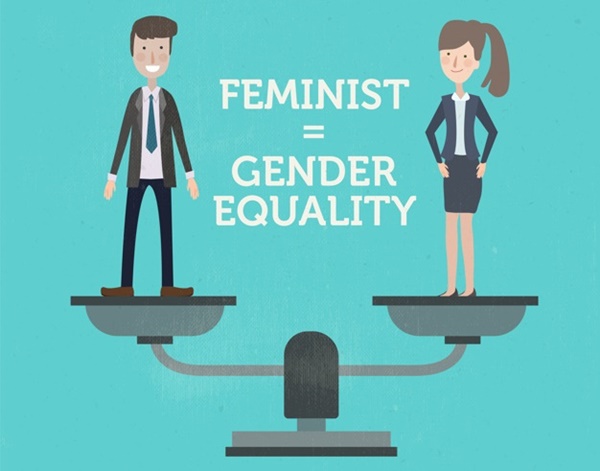
As we continue to strive for a more gender-sensitive, inclusive, and democratic workplace, we must also reconsider and update our communications practices.
Communication in the workplace is always a delicate issue. Every professional collective gathers different individuals with different identities, opinions, motivations, ways of thinking and operating. Creating a healthy and functional working environment that involves all different individuals in a fair and respecting manner is a complicated process that depends on multiple factors, but it begins with how we communicate.
The tidal wave of the #MeToo movement has brought the focus back to the issue of disparity in the professional status of men and women, reassessing the need for a more inclusive and democratic workplace. In order to reach this goal, we must take a look at our own communication patterns and check whether they enable and encourage a truly inclusive working environment.
Communication gap
Further complicating the matter of gender-sensitive communication in the workplace is the apparent difference in how men and women talk about work. The so-called ”gender communication gap” is backed by research showing that men are more likely to emphasize individual achievements, while women tend to view their contributions in a team context.
This is a broad generalization, of course, but it is reflected in percentages. The fact that women are less likely to take individual credit for their work consequently means that they are also less likely to advance at an equal pace as their male colleagues. And while the cause of such different perspectives is still actively debated, it is certainly an issue that can be remedied through a communication culture that encourages proper attribution and acknowledgment of individual efforts.

Stylistic distinctions
The gender communication gap is also reflected in the differences in the style of communication in a professional environment. Without any desire to enforce stereotypes and with the full understanding that this doesn’t apply to all men and women, empirical data does reveal a number of distinct ways in which men and women generally tend to engage differently in a professional environment.
For instance, women tend to be more engaging in non-verbal communication than men (ie. making eye contact, nodding to show attention, etc.), more relationship-oriented and egalitarian in their leadership style, while men are more likely to take up time in meetings and more prone to processing information internally.
Recognizing, understanding and properly interpreting these and many other differences is essential to achieving a harmonious and inclusive work environment.

Healthy foundation
Today’s cultural and social moment requires us to be aware and respectful of the differences present in any workplace in order to make it truly fair and equal. There are no sure-fire procedures for building a company culture that addresses and respects the diversity of its collective, but the way a company communicates internally sets the tone for its inner professional dynamics.
When reviewing and revising your internal communications strategy, be mindful of the following:
- Language: always use gender-neutral terminology;
- Inclusion: make sure that everyone has their say, particularly in meetings and collaborative situations; don’t tailor specific solutions for specific segments of employees, even when they are well-intentioned;
- Acknowledgment: encourage clear ownership of responsibilities for a truthful acknowledgment of individual efforts;
- Common goals: motivating employees to rally around and collaborate towards achieving shared goals is the best way to make everyone feel involved and included.
- Feedback: provide the employees with a platform to voice their opinion and be prepared to listen.

Finally, in order to have a truly democratic and inclusive communication culture, you must have a democratic tool that enables structured and transparent communication on a company level. A collaborative and interactive internal communications platform like BlogIn can go a long way in achieving and reinforcing an inclusive communications culture that accommodates the full diversity of the modern workplace.
